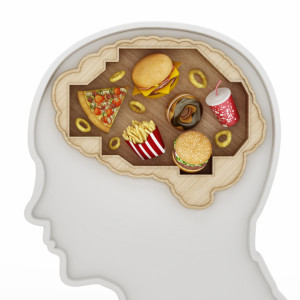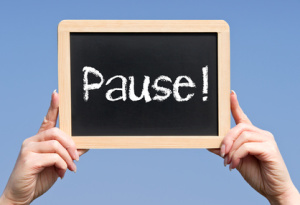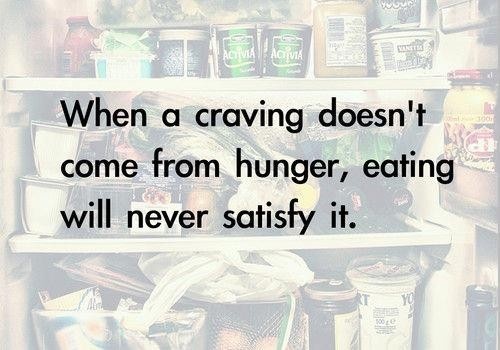 What Causes Cravings?
What Causes Cravings?
Hunger and cravings are different; hunger is the need for fuel while cravings are an intense desire for a specific food—with or without hunger. Learning strategies for handling cravings is essential! So let’s break this down into two main parts, beginning with what causes cravings.
Hunger – Whenever you feel like eating, pause to ask, “Am I hungry?” You can be hungry and crave a specific food to satisfy that hunger. If you do have symptoms of hunger, assess how hungry you are by giving yourself a hunger and fullness number. Being overly hungry can make it harder to think rationally and eat mindfully.
Stress – Most people are aware of the correlation between increased stress and cravings. People commonly crave foods like chocolate, cookies, chips, and other foods high in fat, sugar, and calories because they stimulate the reward center of your brain. These foods cause your body to release endorphins—“feel good”—chemicals.
Associations and memories – Remember Pavlov’s dogs? Pairing certain foods with certain places, events, or people creates a link in the brain. In the future, similar circumstances—or a need for the feeling you had in those circumstances, such as pleasure or comfort—can trigger a craving for that particular food.
Deprivation – This is an often overlooked cause of cravings. Dietary restrictions can lead to cravings for the foods you aren’t “allowed” to have. As you resist those “forbidden” foods, the cravings may increase, eventually leading to eating—then overeating—those foods. The ensuing guilt reinforces the belief that you must restrict those foods so the “eat-repent-repeat” cycle continues!
How to Handle Cravings
Now that we’ve explored some basic causes of cravings, let’s talk about how to handle cravings mindfully. Mindfulness—awareness of the present moment—puts space between your cravings and your response, giving you an opportunity to gather information and choose how you’ll respond.
 Pause for a Body-Mind-Heart scan.
Pause for a Body-Mind-Heart scan.
Pause to notice what’s going on when you’re craving a particular food.
Body: Focus on your physical sensations including hunger, thirst, fatigue, discomfort, or pain.
Mind: Notice your thoughts. Besides the food you are craving, what other thoughts do you have? For example, “I’ll never get this all done!” might be driving the desire for an escape into a bag of potato chips.
Heart: Next, focus on your emotions. What are you feeling right now? For example, could feeling stressed out be the reason you’re craving homemade chocolate chip cookies—a treat that reminds you of a simpler time in your life?
Get curious! See if you can connect the dots to figure out where your craving came from. For example, had you recently seen a commercial, billboard, or ad for that particular food. (There’s a reason companies spend billions of dollars on advertising!) Do you have an association with this particular person, place, or event? Does your craving give you any clues about what your needs are right now? (Think comfort food!)
Is there some other way to meet your need?
We have a saying…
Often, that nagging desire to eat something even though you’re not hungry is a hint of an unmet need. By identifying what you’re feeling, you’ll be better able to identify the underlying need. For example, if you feel lonely, you may need connection. If you feel overwhelmed, you may need help, prioritization, or a break. What small step can you take to meet your need? Ultimately, meeting your true needs will be more satisfying than eating.
Eat mindfully.
There is nothing wrong with eating a food that you’re craving! Granted, you’ll enjoy it more when you’re hungry, but either way, eat it mindfully without distractions. After all, if you wanted it that bad, then it deserves your full attention.
 Don’t feed the Eat-Repent-Repeat Cycle.
Don’t feed the Eat-Repent-Repeat Cycle.
What you resist persists—and insists!
If you are experiencing guilt and telling yourself that you shouldn’t be eating that food, you may paradoxically find yourself eating more of it!
Allow yourself to enjoy it fully, mindfully, and without guilt
Remember balance, variety, and moderation.
All foods can fit into a healthy diet so there are no good or bad foods. There’s plenty of room for eating the foods you love using the simple principles of balance, variety, and moderation to guide you.
Practice self-care.
By taking care of yourself consistently, you are less likely to crave food to fill the holes in your life!



